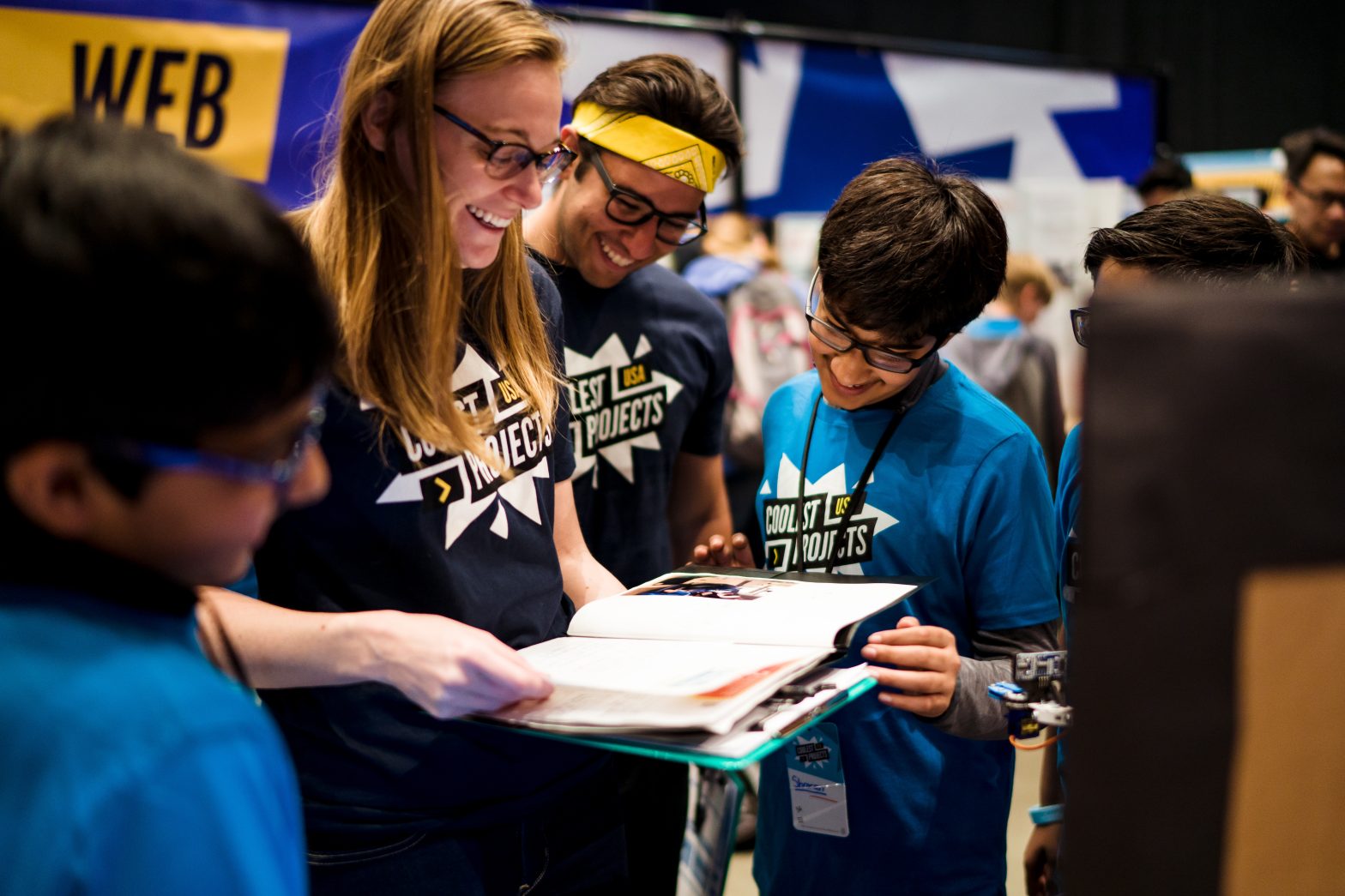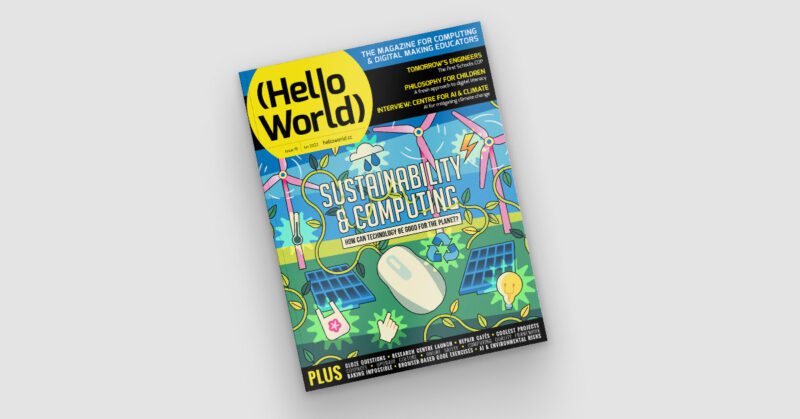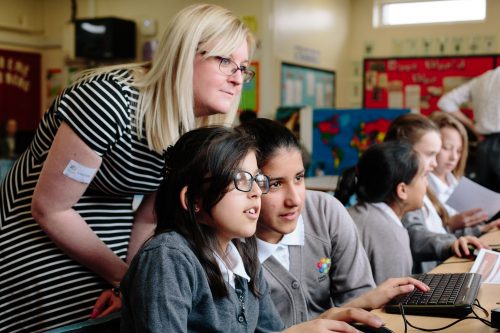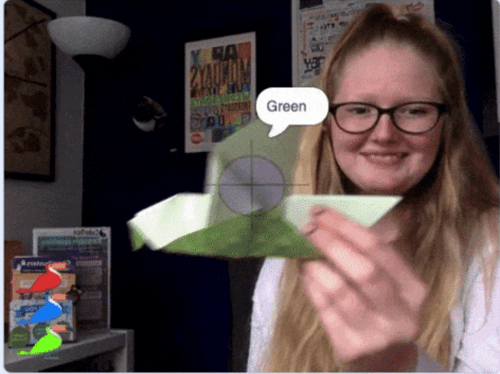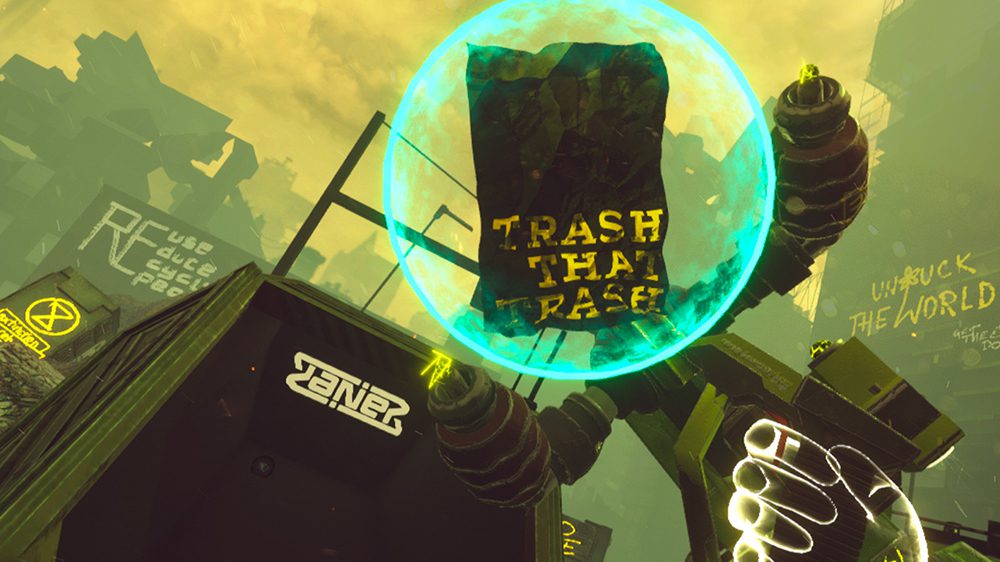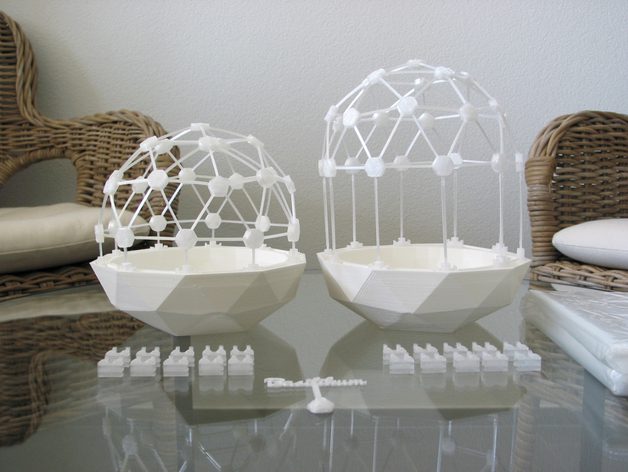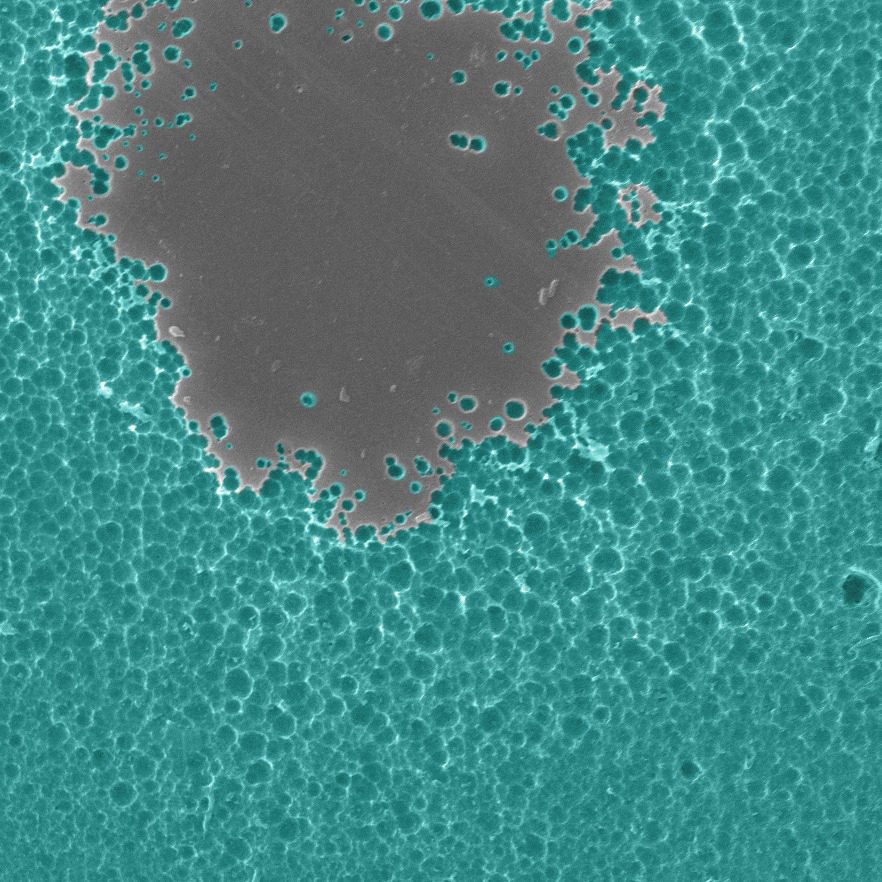Schlagwort: environment
-

Young people’s projects for a sustainable future
Reading Time: 5 minutesThis post has been adapted from an article in issue 19 of Hello World magazine, which explores the interaction between technology and sustainability. We may have had the Coolest Projects livestream, but we are still in awe of the 2092 projects that young people sent in for this year’s online technology showcase!…
-

Computing and sustainability in your classroom | Hello World #19
Reading Time: 5 minutesIssue 19 of our free magazine Hello World, written by and for the computing education community, focuses on the interaction between sustainability and computing, from how we can interact with technology responsibly, to its potential to mitigate climate change. To give you a taste of this brand-new issue, here is primary school…
-

Green information technology and classroom discussions
Reading Time: 5 minutesThe global IT industry generates as much CO2 as the aviation industry. In Hello World issue 17, we learn about the hidden impact of our IT use and the changes we can make from Beverly Clarke, national community manager for Computing at School and author of Computer Science Teacher: Insight Into the…
-

5750 Scottish children code to raise awareness of climate change with Code Club
Reading Time: 4 minutesThis month, the team behind our Code Club programme supported nearly 6000 children across Scotland to “code against climate change” during the United Nations Climate Change Conference (COP26) in Glasgow. “The scale of what we have achieved is outstanding. We have supported over 5750 young learners to code projects that are both…
-

Digital making projects about protecting our planet
Reading Time: 4 minutesExplore our new free pathway of environmental digital making projects for young people! These new step-by-step projects teach learners Scratch coding and include real-world data — from data about the impact of deforestation on wildlife to sea turtle tracking information. By following along with the digital making projects online, young people will…
-

Clean up the planet with awesome robot arms in Trash Rage from Giant Lazer
Reading Time: 8 minutesVR has the power to educate as well as entertain, but designing experiences that do both successfully is easier said than done. Luckily, the team over at Giant Lazer were more than up to the task when they created the sci-fi arcade experience Trash Rage. Tasked with cleaning up a planet ravaged…
-

HackSpace magazine 10: build a drone
Reading Time: 3 minutesIf you’re a subscriber to HackSpace magazine you’ll already know all about issue 10. For the rest of you who’ve yet to subscribe, issue 10 is out today! Build a drone Ever since Icarus flew too close to the sun, man has dreamed of flight. Thanks to brushless motors, cheaper batteries than…
-

Weekend Project: Celebrate Earth Day with This 3D Printed Greenhouse Dome
Reading Time: 3 minutesWith Earth Day coming up this weekend, why not celebrate by 3D printing a DIY greenhouse dome for your garden? Polish up that green thumb, it’s time to use those maker skills for a Mother Nature-approved project. Nature is filled with majestic plants, vibrant flowers, and ripe fruits, all of which tend…
-

Scientists Accidentally Create Mutant Enzyme that Eats Plastic
Reading Time: 3 minutesIn what could be a major ecological breakthrough, scientists have accidentally invented a mutant enzyme that likes to feast on PET plastic. We love 3D printing, but it’s sometimes hard to reconcile the joy of fabricating a 3D object with the plastic waste that is generated. Trial and error is the nature…

